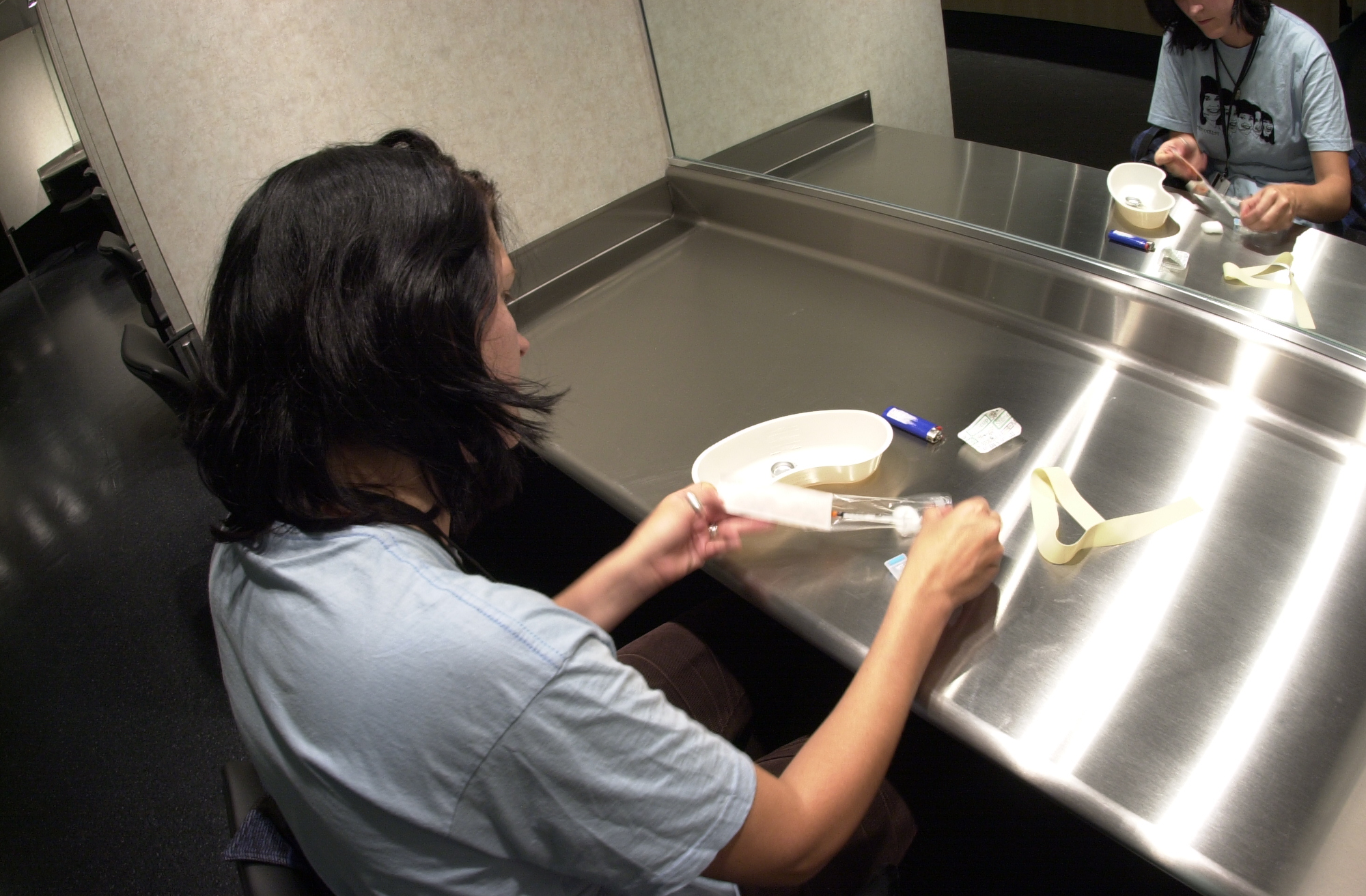Early this summer, the Canada Border Services Agency intercepted a kilo of a drug called carfentanil in Vancouver. It was in a package sent from China to a Calgary address. CBSA, the RCMP and the Vancouver and Calgary police forces conducted a joint operation and arrested the addressee, Joshua Wrenn, 24.
This was no routine drug bust, because carfentanil is not a routine drug. Developed in the 1970s, it has only one legal use as a veterinary anesthetic and tranquilizer for large animals like moose and elephants. Just two millionths of a gram per kilo of elephant will knock it out in under four minutes.
For veterinary purposes, the U.S. Drug Enforcement Administration allows an annual carfentanil production of just 19 grams — a little over half an ounce.
That one kilo of carfentanil in the Calgary bust was enough to kill every person in Canada, with enough left over to wipe out Sweden and Finland. The European Monitoring Centre for Drugs and Drug Addiction reports that “Carfentanil is said to be 10,000 times more potent than morphine.” As a dust, it could be inhaled or attach to mucous membranes, like the tongue, with almost instantly fatal effect.
Chinese opioid manufacturers can evidently produce large quantities of carfentanil without running into occupational health and safety issues, and they know how to mail it to Canada without leaving a telltale trail of dead postal clerks, parcel handlers, and CBSA inspectors.
But once in the hands of a dealer/distributor, carfentanil is likely to become a public health hazard for everyone who comes in contact with it — addicts, first responders, health care workers and even bystanders.
And the risks should surely convince us that it’s time to legalize and regulate cocaine and heroin.
Why would anyone want such a drug in the first place? It’s a fentanyl derivative, one of a whole family of synthetic opioids, and like fentanyl it can reportedly enhance and prolong the high derived from drugs like heroin and cocaine by adding microscopic amounts. As the New York Times put it in a recent report, a dose smaller than a snowflake can kill you.
Canada has already seen a serious outbreak of overdoses, many fatal, from fentanyl-enhanced drugs. Here in B.C., Delta first responders recently had to deal with nine overdoses in 20 minutes — all from fentanyl-laced cocaine. And that was months after B.C.’s provincial health officer declared a public health emergency over drug overdose deaths resulting from fentanyl.
Vancouver firefighters around the Downtown Eastside are dealing with up to a thousand calls per month, most for drug overdoses. Since January, the provincial government has allowed them to administer naloxone, which reverses the effects of an opioid overdose, instead of just waiting until the paramedics showed up. While they’ve saved a lot of lives, they’ve also suffered a great deal of stress.
So have their colleagues in the U.S. Midwest, where carfentanil-laced drugs have triggered an overdose catastrophe. In Cincinnati, Ohio, firefighters have responded to almost 1,600 overdose emergencies so far this year — and now they’re finding heroin laced with both fentanyl and carfentanil.
Ironically, the scarcity of legal carfentanil made it hard for the Cincinnati coroner’s office to obtain a sample to test against the drugs involved in overdoses. When a sample did arrive, it showed that at least eight recent overdose deaths, and maybe 13, had involved carfentanil.
Meanwhile, Florida is fighting not only Zika virus infections, but a 310-per-cent increase in fentanyl-related deaths in Miami-Dade County. And officials suspect carfentanil is coming into Florida from China or Mexico along established heroin routes.
Carfentanil has some parallels with the Ebola outbreak that crippled West Africa in 2014-15. Both are partly consequences of local culture: Ebola spread largely by the custom of touching dead people to show respect, and overdose deaths result from drug users’ search for a better high. Ebola was a deadly threat to health care personnel, killing dozens of doctors and nurses unless they wore personal protective equipment. Carfentanil threatens first responders trying to prevent overdose deaths.
A recent Pennsylvania health department news release warned first responders to use “appropriate personal protective equipment” when treating known or suspected heroin overdoses.
“The Department of Health recommends that first responders and health professionals who treat an individual suspected of taking the drug, or encounter the drug itself, should use extreme caution. Carfentanil is absorbed through skin contact, inhalation, oral exposure, or ingestion, which may lead to an accidental drug poisoning.”
Worse yet, carfentanil’s effect is so toxic that one spray of naloxone isn’t enough. According to the New York Times, Ohio first responders are having to use up to four or five doses to save a single overdose case.
However scary carfentanil may be to those who don’t use drugs like heroin, it won’t change the behaviour of those who do. In online drug forums, carfentanil is discussed like a new Australian wine or a craft beer — not to everyone’s taste but fine for some.
But it does seem to pose serious occupational health and safety issues for health care workers and first responders (already over-stressed by dealing with multiple overdoses every working day). It could also be a hazard for friends and family of overdose cases, who may inadvertently expose themselves to carfentanil as they try to help unconscious victims. Even drug-sniffing dogs could be killed.
Like Ebola and other infectious diseases, carfentanil overdoses will have to be dealt with not just by trying to save the victim, but also by finding related cases and tracing their contacts. And just as Ebola patients in West Africa sometimes ran away from hospitals or simply went into hiding, not all overdose cases will be willing to cooperate. In that case, the current epidemic of overdose deaths will soon become endemic — too widespread ever to be wiped out.
Seventy years of “wars on drugs” have brought us to this. If only to protect first responders and innocent bystanders from accidental poisoning, we might better legalize heroin and cocaine, make their production a government monopoly, and supply them, like free needles, to anyone willing to register as an addict.
Users would be assured a free, clean, reliable product. In return they would consume it on dispensary premises, just as TB patients take their medicine under observation. Without a market, illegal imports would stop. The carfentanil gourmets might still want the strong stuff, but they would be too small and short-lived a market to be worth serving.
As side effects, users could avoid needle-spread diseases like hepatitis and HIV. Frequent attendance at dispensaries would give them more opportunities for counselling and detoxification. They might even begin to get their lives back together.
It wouldn’t be the end of the drug wars, but it might at least offer a ceasefire and far fewer civilian casualties. ![]()
Read more: Health, Rights + Justice

















Tyee Commenting Guidelines
Comments that violate guidelines risk being deleted, and violations may result in a temporary or permanent user ban. Maintain the spirit of good conversation to stay in the discussion.
*Please note The Tyee is not a forum for spreading misinformation about COVID-19, denying its existence or minimizing its risk to public health.
Do:
Do not: